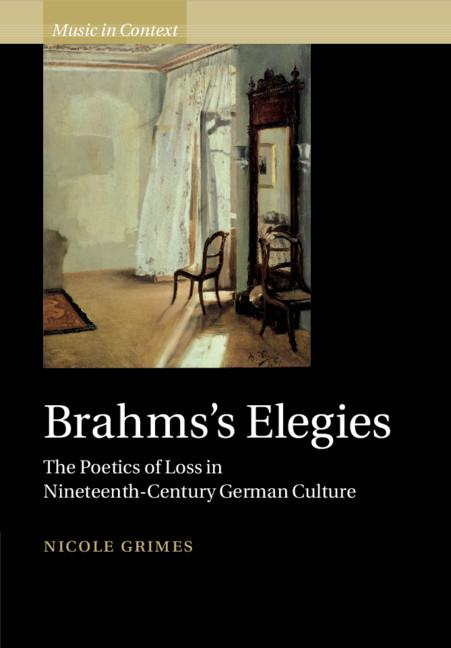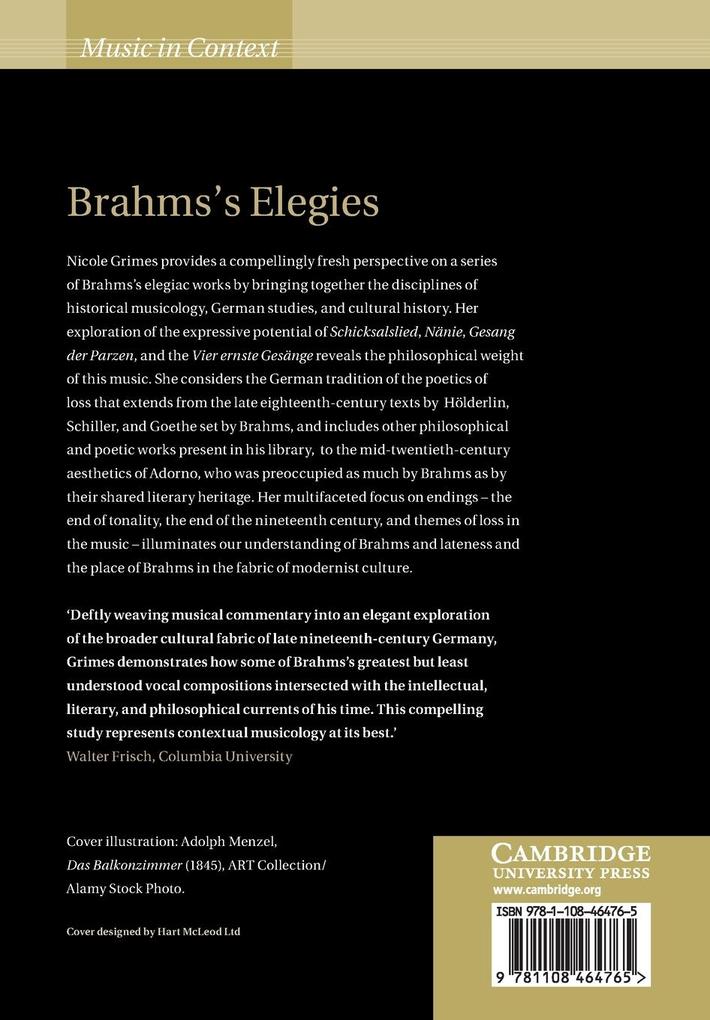Bücher versandkostenfrei*100 Tage RückgaberechtAbholung in über 100 Filialen
eBook Favoriten
Top Kategorien
Beliebte Reihen
Schulbücher
Abo jetzt neu
Preishits auf CD
Download Preishits
Spielwaren nach Alter
Geschenke Favoriten
Geschenkanlässe
Papier & Blöcke
Schreibtischzubehör
Wir feiern die Singles Days: 15% Rabatt12 auf Spielwaren, English Books & mehr mit dem Code SINGLE15
Jetzt einlösen
mehr erfahren











